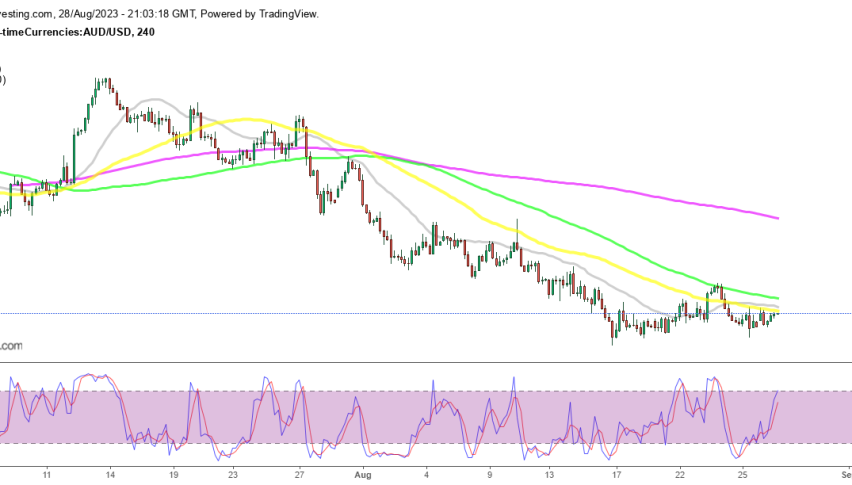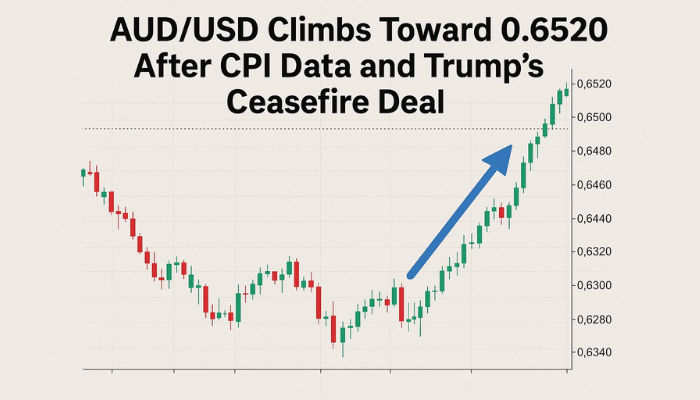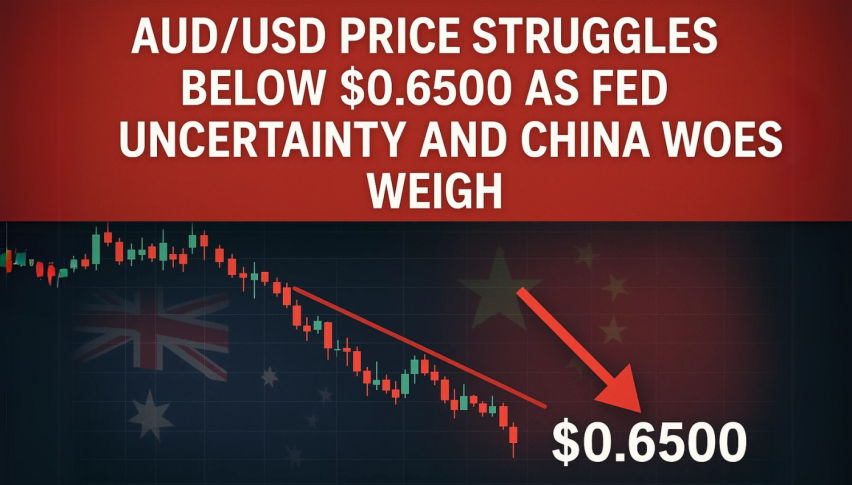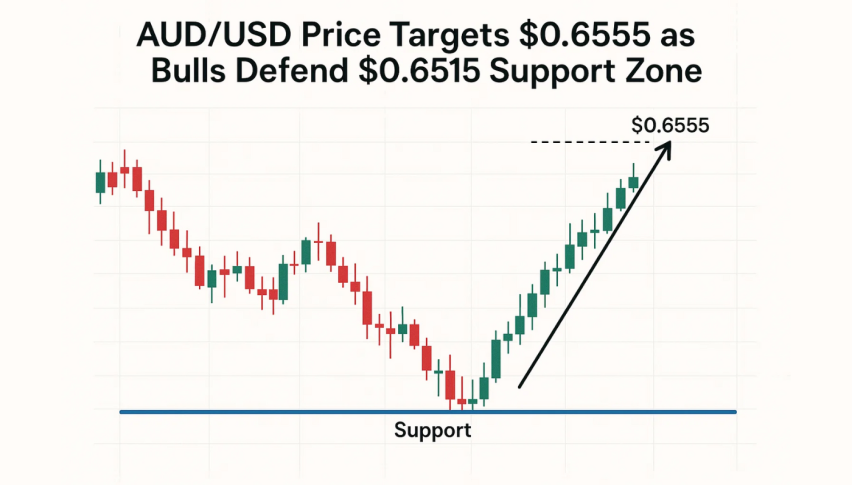AUD/USD Can’t Make A Turnaround Despite Positive Developments
AUD/USD has been declining since mid-July and retraces are finding sellers every time, despite intervention from China and better retail sal

AUD/USD was trading in a range for most of the year, until July, when it started turning bearish after buyers failed to push the price above the 0.69 level, which has been acting as a resistance zone. This pair fell more than 4 cents during several weeks as inflation slows in Australia and the Chinese economy is showing great signs of weakness. Attempts to reverse the price higher have ended up usually at moving averages as seen on the H4 chart above and eventually ended up making lower lows
Yesterday we saw another retrace higher during the early hours of the European session, but AUD/USD struggled to maintain its small gains, with the 50 SMA (yellow) acting as resistance. Over the weekend, China introduced new measures aimed at attracting investors back into its struggling stock markets. This, combined with better-than-expected domestic data, has given a slight boost to the Australian Dollar (AUD) on the first day of the new week.
The Australian Bureau of Statistics (ABS) released a report indicating that Retail Sales, a metric that measures consumer spending in the country, increased by 0.5% last month. This exceeded the consensus forecast for a 0.3% rise and also marked a recovery from the 0.8% decline observed in June. But, moving averages keep acting as resistance and buyers failed to push the price above the 50 SMA yesterday.
Retail Sales Report from Australia for July

- July retail sales +0.5% MoM vs +0.3% expected
- June retail sales were -0.8%
- Retail Sales YoY +2.1%
A more positive overall market sentiment could potentially aid the Australian Dollar (AUD) in gaining further ground later in the day. However, it’s important to note that for a significant change in momentum, the AUD/USD pair needs to break back above the 0.6500 level. To solidify a turnaround in momentum, surpassing the high point reached last week at 0.6488 becomes crucial, especially considering it now acts as a noticeable short-term resistance level, positioned beyond the key hourly moving averages.
This implies that buyers have their work cut out for them if they aim to drive a shift in sentiment for the AUD/USD pair. On the other hand, if the pair remains below these levels, sellers will likely continue to wait for the next significant catalyst as they pursue the target of approaching the October lows, which are located around the 0.6200 mark. We have been bearish on this pair since the reversal and continue to sell retraces higher. Yesterday we opened another sell AUD/USD signal just below the 50 SMA.
AUD/USD Live Chart
- Check out our free forex signals
- Follow the top economic events on FX Leaders economic calendar
- Trade better, discover more Forex Trading Strategies
- Open a FREE Trading Account


